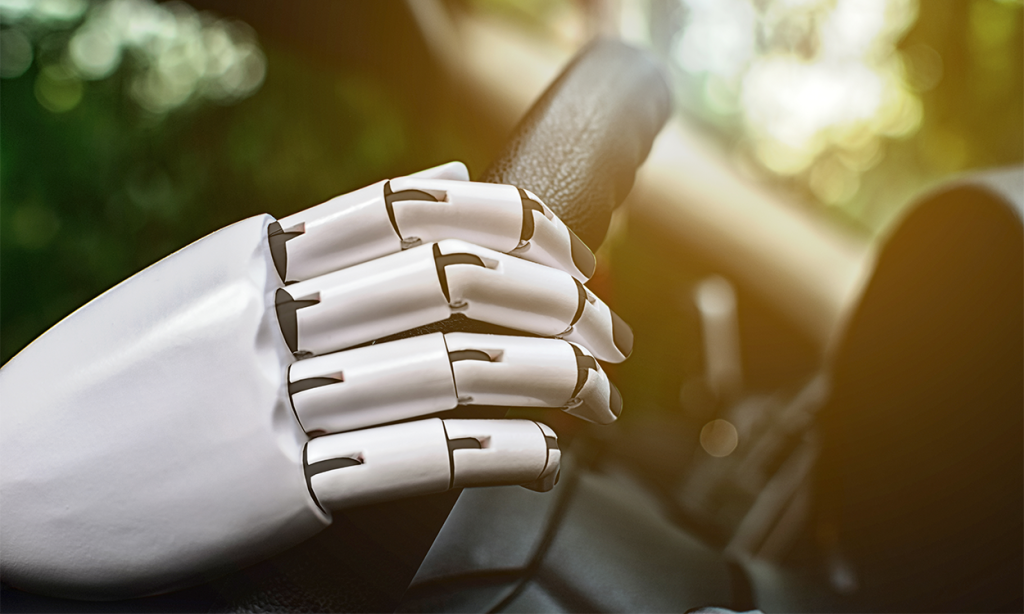Autopilots have been with us for many decades now and are mandated by international standards in all major passenger aircraft and yet, we still have human pilots on board. But what if even their role could be replaced not by increasingly sophisticated software but by a real, physical robot?
If you’re a pilot and you thought that intelligent planes may make your job redundant in the future, but at least you’re likely to keep your seat on the older aircraft, you might be in for a rude wake-up call.
Scientists at Korea’s Advanced Institute of Science and Technology (KAIST) have demonstrated your robotic replacement, which can do everything you’re doing — not only flying but taking off, landing and taxiing the plane — just by reading an aircraft’s manual, thanks to the help of artificial intelligence (AI).
The robot comes equipped with its very own set of eyes and highly-precise limbs. It behaves just like a human pilot, monitoring dashboard readings, flipping switches, steering and operating all necessary aircraft equipment.
“The robot pilot consists of the humanoid robot body and the software to control the aircraft. The robot has two arms, two legs and a set of software that enables the robot to control any assigned vehicle. Powered by the software, the robot understands the airplane’s states such as position, velocity, attitude, and various actions to perform.
In a typical sequence, the robot starts with turning on the electrical system, starting the engine, taxiing, taking off, climbing, cruising, descending, approaching and landing, and post-landing procedures. PIBOT can handle all of these sequences with a great accuracy and a repeatability beyond a human pilot.”
Its creators emphasise other advantages, such as being emotionless, not prone distractions and capable of remembering every single detail about the aircraft and its operations manuals.
Pibot hasn’t actually flown a plane in real life yet, but was able to demonstrate its capabilities in a highly realistic simulator of a Korean light aircraft, KLA-100, where it performed flawlessly.
Backward compatibility
The biggest advantage of a humanoid robot such as this would be considerable backward compatibility, particularly considering the fact that many planes remain in use for many decades.
Retrofitting an old design with a completely automatic system might be too complex or prohibitively expensive, but you could simply place Pibot in the pilot’s seat and have it operate the plane as is, with relatively minor adjustments.
In fact, its creators are saying that it can be used to operate all kinds of vehicles, not only planes — think cars, trucks, ships and specialised equipment in industrial or military applications.

Armed forces is probably where it could find its early adopters as militaries around the world seek to gain advantage through automation or intelligent, independent self-operation (think: drones) and they typically have much deeper pockets, without having to worry too much about their bottom lines.
Developing autonomous vehicles is, of course, the long-term target but an adaptable, intelligent robot, which can learn anything about any machine and operate it proficiently would be an excellent way of upgrading military capabilities as well as provide a bridge between the old and the new. Just think how much a small nation such as Singapore could gain from being able to deploy such robots instead of humans in various areas of national defence.
The project is set to conclude by 2026, when it is going to be considered for commercialisation.
Featured Image Credit: KAIST / Euronews